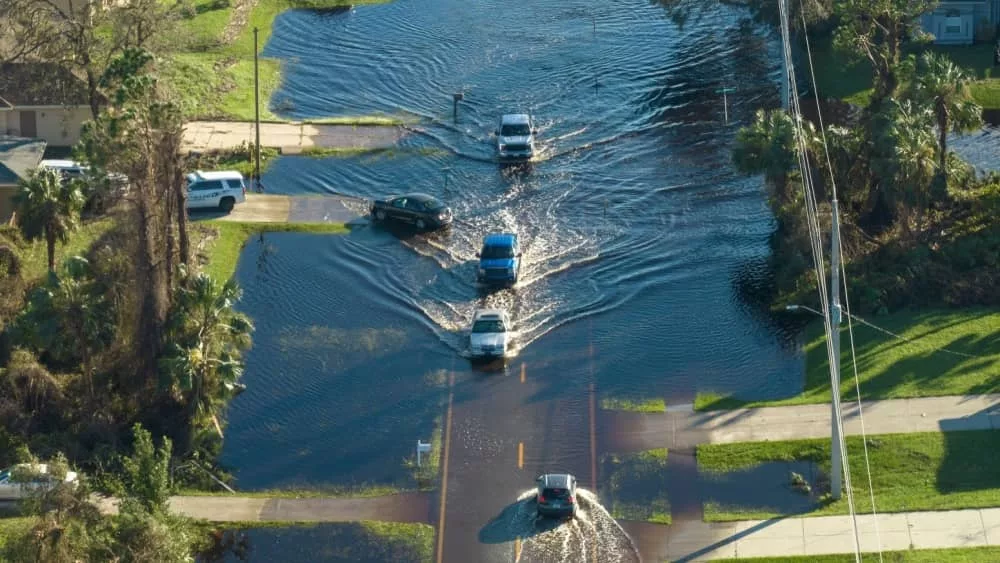
Hurricane Milton moved into the Atlantic Ocean on Thursday after making landfall Wednesday evening on Florida’s west coast as a Category 3 storm in Siesta Key, roughly 70 miles south of Tampa. Milton was downgraded to a post-tropical cyclone with winds of 75 mph as of 2 p.m. ET, per the National Weather Service. It was 200 miles east-northeast of Cape Canaveral and moving east-northeast at 21 mph and is expected to weaken “rapidly” as it barrels away from the U.S. coast.
Milton forced millions to evacuate and left widespread destruction across Florida, wreaking havoc across the state and bringing tornadoes, powerful winds and flooding rains. More than 2.8 million customers were without power in Florida on Thursday, according to utility tracker Find Energy, with Tampa experiencing widespread damage. Milton ripping the roof off Tropicana Field, which was going to be used to house emergency workers.
At least 16 people died from the storm, officials confirmed to CBS News, with six deaths confirmed in St. Lucie County where tornadoes touched down, and at least two people were killed in St. Petersburg during the storm. At least three people died in Volusia County, and there was one reported death in Citrus County after a tree fell on their car.
Gov. Ron DeSantis told reporters at a briefing Thursday: “The storm was significant, but thankfully, this was not the worst-case scenario. The storm did weaken before landfall, and the storm surge, as initially reported, has not been as significant overall as what was observed for Hurricane Helene.”
Editorial credit: Bilanol / Shutterstock.com